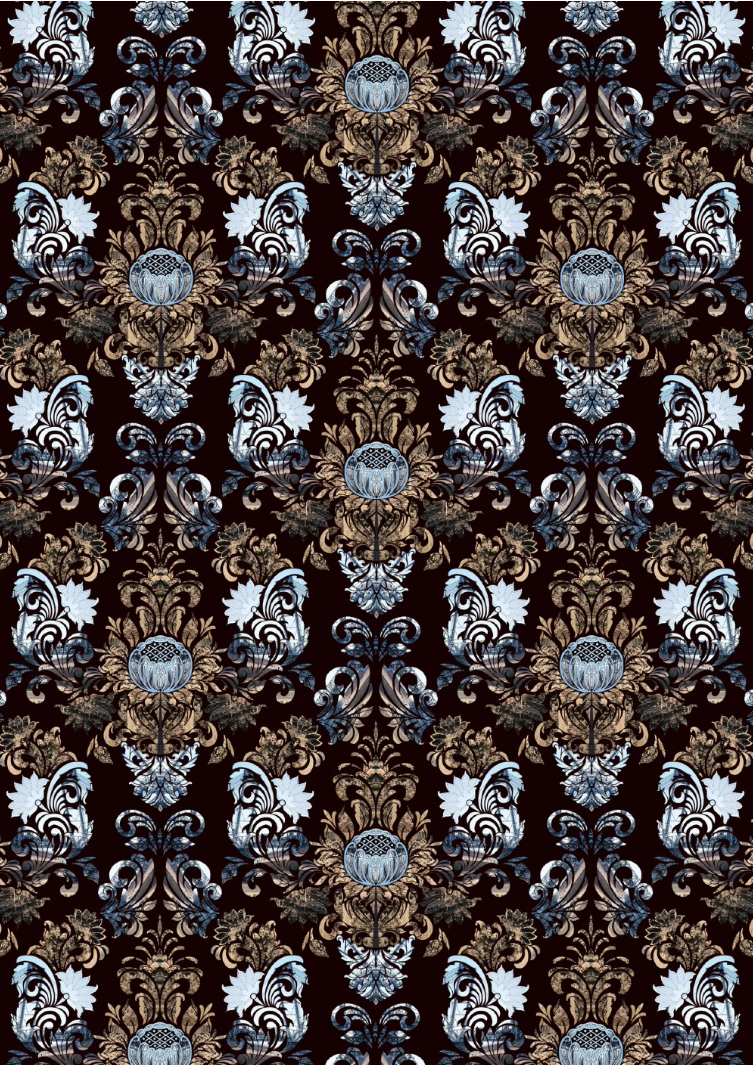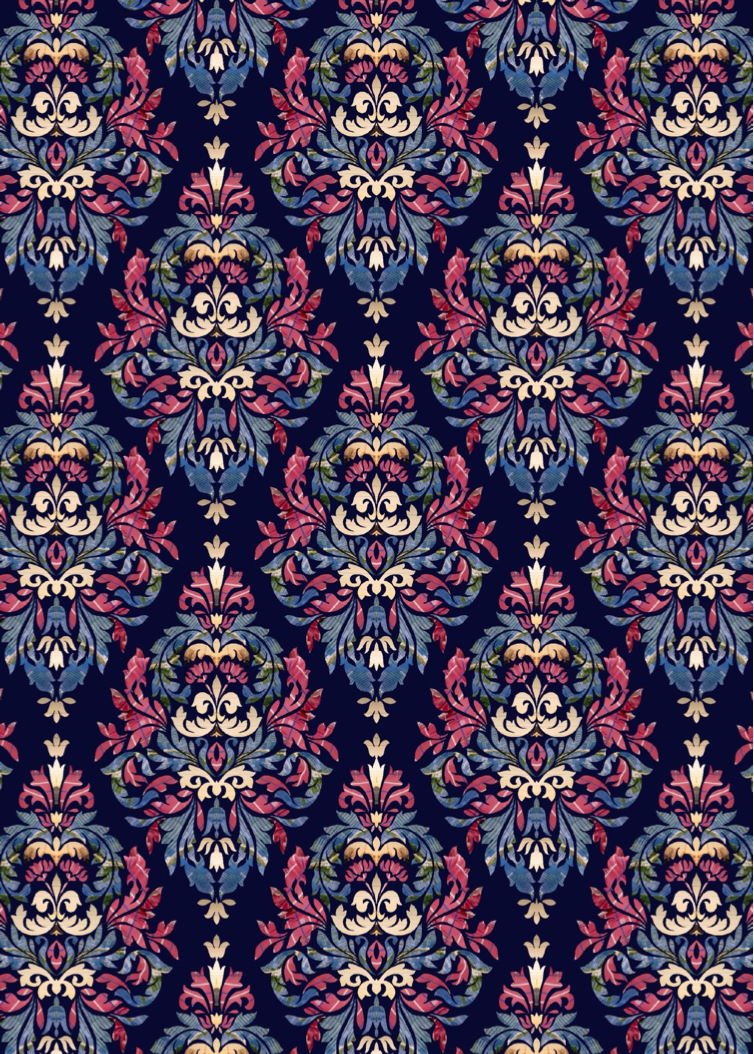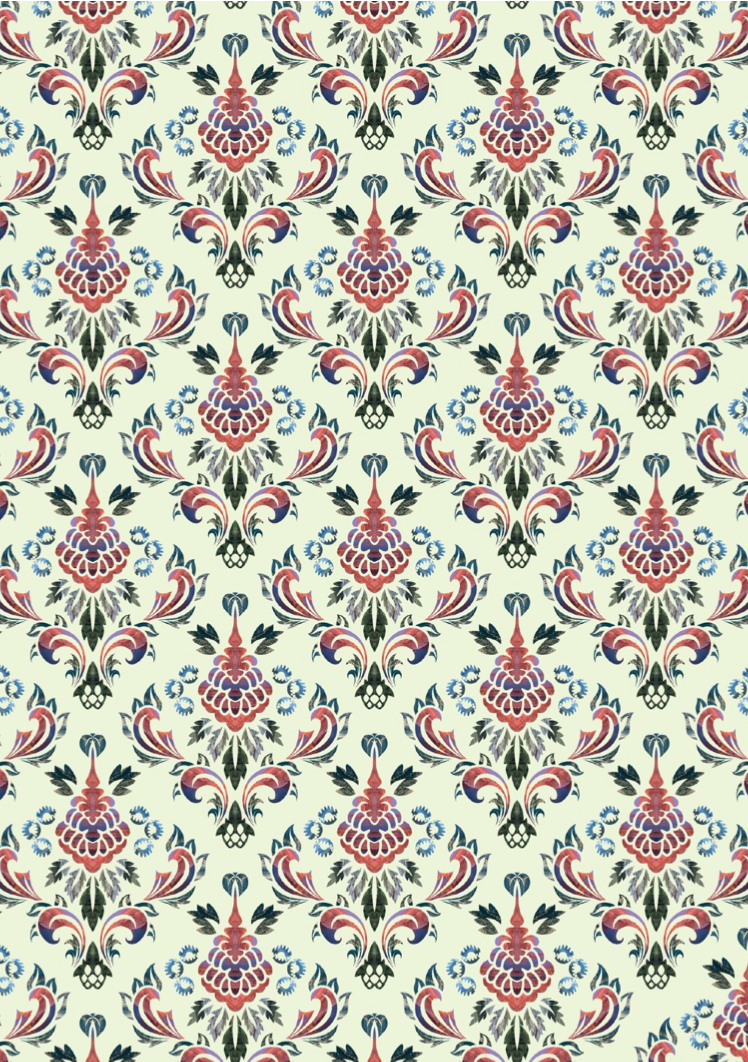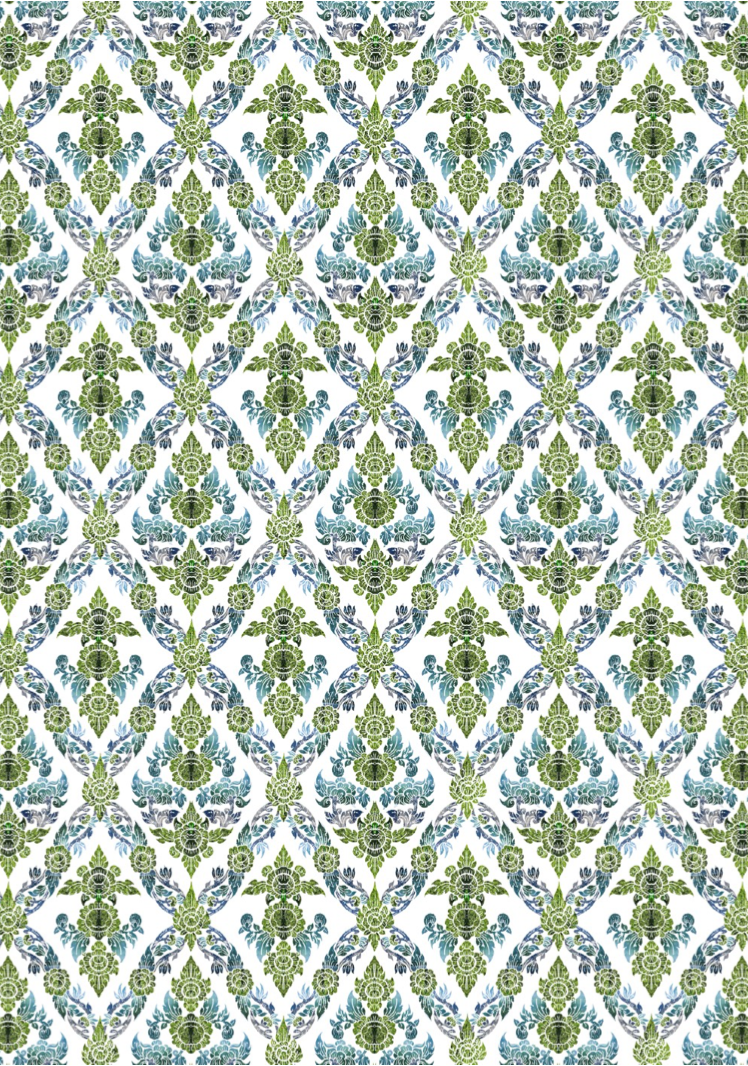August saw the end of the third module in my photography MA. In it we were encouraged to consider the sustainability of our photography and of the photography industry generally. We were also given the opportunity to explore ideas of camera-less photography including using images found online and generated using artificial intelligence.
I decided to take on surveillance capitalism for my project this time. This is the means by which Facebook and virtually every website you visit trades your attention for profit: they sell your eyeballs to their advertisers*. I had a lot to say on the topic; you might know I fell out with Facebook irrevocably during the Stop Hate for Profit protests at the start of the pandemic (read more here).
I can’t really summarise my term’s work into a short blog post so I’m going to post my whole Statement of Intent below and include the video documentary we had to submit.
* Not my websites. I show no adverts and take no sponsorships.
The Subversion of Capitalism
Subversion: "the undermining of the power and authority of an established system or institution, ...especially by covert action” 1
In common with many people motivated to address the climate crisis I feel powerless to make a tangible difference. I can diligently reduce, reuse and recycle but it feels like a drop in the ocean and the tendency is to give up and accept the future for what it will be. But my children genuinely believe they have no future so I cannot give up. I may not be able to fix the crisis but I can do my bit and maybe encourage others to join in.2
In Sustainable Strategies I took my lead from other artists throughout history who have used collaging and subversion as a technique to combat powerlessness, including Hannah Höch and Justine Kurland. However, instead of creating a new, overtly political visual message as these artists have I wanted to hide my subversion in plain sight, camouflaging it covertly in an apparently harmless manner. In this I take my inspiration from the radical quilt makers. These are artists who create superficially innocuous home decor from significant source material; for example Bisa Butler who uses pieces of African textiles to create quilts to make statements about racial inequality and slavery.3 The juxtaposition of the domestic, unthreatening artefact with the underlying defiance makes a strong statement.
In this project the established system I am holding to account in the face of the climate crisis is laissez-faire capitalism; the unregulated invisible hand of the market that has profit as its only motivation.4 And the particular institution whose power I seek to undermine is Facebook; a corporation that uses our dopamine response to hold our attention and sells that attention to - literally - the highest bidder (its advertising platform being operated as an auction). Truth and balanced debate are sacrificed to controversy and popularity. This business model has become known as "surveillance capitalism”.5
Facebook's profit motive means that its algorithm pushes causes that are controversial and populist to the top of our feeds, including climate change denial, white privilege, misogyny and the anti-vaxx movement.6 These causes attract attention and become hate-filled communities given a home on and promoted by Facebook in a continuous cycle of dopamine hits, attention and shareholder value. I took images shared on Facebook and used them to create superficially innocuous home decor — not quilts in this case, but individually-designed wallpaper prints, inspired by decorative artist and anti-capitalist William Morris.
Kurland described her collaging as a "reparative act rather than a destructive act” 7 and I had the same experience. It was very cathartic to carefully hand-craft my wallpaper templates and then to take images that propagate conspiracy, hate and division - and which generate huge profits for an unaccountable institution - and reform them into something else, something unintended, something harmless. If you are curious you can look closely and pick out the detail but my intention is that you simply enjoy the stolen images in their new context.
Emma Davies
Sustainable Strategies Falmouth University MA Photography Work in Progress Portfolio August 2022
1 OED. 2022. Oxford English Dictionary. Available through Falmouth University Library.
2 SCOTT, Conohar. 2022. Photography and Environmental Activism: Visualising the Struggle Against Industrial Pollution. Abingdon: Routledge.
3 https://www.nyc-arts.org/events/150183/bisa-butler-the-storm-the-whirlwind-and-the-earthquake
4 SMITH, Adam (1776, 2021). An Inquiry into the Nature and Causes of the Wealth of Nations —A Project Gutenberg eBook. [online] www.gutenberg.org. Available at: https://www.gutenberg.org/ebooks/3300 [Accessed 1 August 2022].
5 ZUBOFF, Shoshana. 2019. The Age of Surveillance Capitalism. London: Profile Books. 6 SEYMOUR, Richard. 2020. The Twittering Machine. London: The Indigo Press.
7 https://www.theguardian.com/artanddesign/2022/apr/23/justine-kurland-a-new-scumb-manifesto-photography- collage-cut-up
Watch the accompanying documentary video here. With thanks to Ben, Liz and Allister for videoing me at various points over the last three months. Warning; not-safe-for work images between 4:14 and 4:37 where I discuss Justine Kurland’s book Scumb Manifesto.







